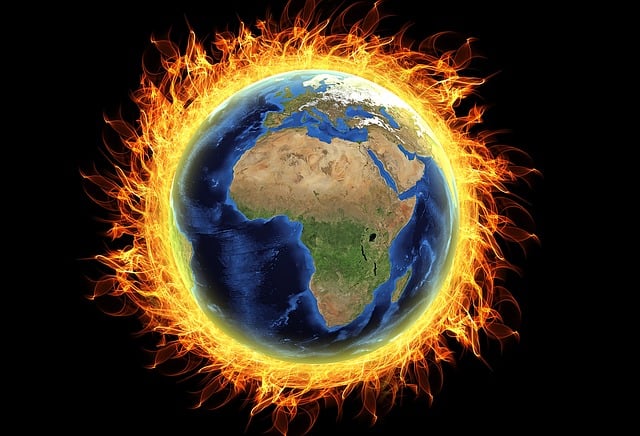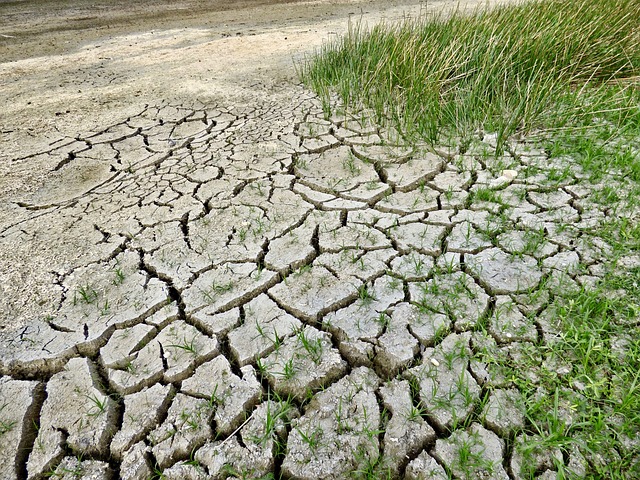With its drastic effects on ecosystems, weather patterns, and the survival of numerous species, including humans and wildlife, global warming poses an immediate threat to our world.

It is essential to understand its causes and effects in order to develop practical strategies to address global warming. We examine the causes, effects, and possible solutions of global warming in this article.
What is Global Warming?
Global warming refers to the long-term increase in Earth’s average surface temperature, primarily caused by human activities such as burning fossil fuels, deforestation, and industrial processes.
The most significant contributor to global warming is the release of greenhouse gases (GHGs) into the atmosphere, which trap heat and result in the planet’s temperature rise.
Causes of Global Warming
Greenhouse gases: Emissions from combustion of fossil fuels coal, oil, and natural gas releasees carbon dioxide, the primary greenhouse gas. Additionally, methane from agriculture and landfills, nitrous oxide from fertilizers, and fluorinated gases from industrial processes contribute to the greenhouse effect.
Deforestation: Trees act as carbon sinks, absorbing carbon dioxide from the atmosphere during photosynthesis. Deforestation disrupts this natural process, leading to increased levels of the gas in the atmosphere.
Industrial activities: Manufacturing processes, particularly those reliant on fossil fuels, emit significant amounts of greenhouse gases which highly pollute air and contribute to global warming.
Agricultural practices: Intensive agriculture, including livestock farming and other extensive cultivation, generates methane and nitrous oxide emissions, worsening the rate of global warming.
Follow Nekius
visit Nekius Shop
nekius
Effects of Global Warming
Rising temperatures: Global warming leads to higher average temperatures worldwide, resulting in heatwaves and more frequent and intense wildfires.
Melting ice caps and glaciers: The warming climate causes the polar ice caps and glaciers to melt, contributing to sea-level rise causing sinking of coastal communities and ecosystems.
Extreme weather events: Increased temperatures fuel more frequent and severe weather events, including hurricanes, cyclones, floods, and droughts, with devastating consequences for human lives and infrastructure.
Ocean acidification: High carbon dioxide levels lead to ocean acidification, hence destroying marine life, coral reefs, and fisheries.
Loss of biodiversity: Climate change disrupts ecosystems, endangering numerous species, leading to habitat loss, and altering migration patterns.
Solutions to Global Warming
Transition to renewable energy: Phasing out fossil fuels in favor of renewable energy sources such as solar, wind, and hydroelectric power is crucial for reducing greenhouse gas emissions.
Energy efficiency: Promoting energy-efficient technologies and practices in industries, transportation, and households can significantly lower emissions.
Afforestation and reforestation: Planting trees and restoring degraded forests can absorb carbon dioxide from the atmosphere and reduce rate of climate change.
Sustainable agriculture: Implementing sustainable agricultural practices, including organic farming and reduced use of synthetic fertilizers, can help reduce methane and nitrous oxide emissions.
Green policy measures: Governments must enact policies to promote emission reductions, such as carbon pricing, subsidies for renewable energy, and regulations on emissions from industries and vehicles.
The Earth is being threatened by global warming, which will have a significant impact on economies, communities, and ecosystems. We can protect the planet for coming generations by understanding the causes and impacts of global warming and putting practical solutions into practice.

